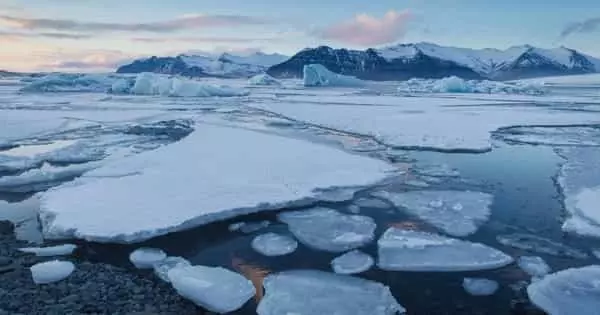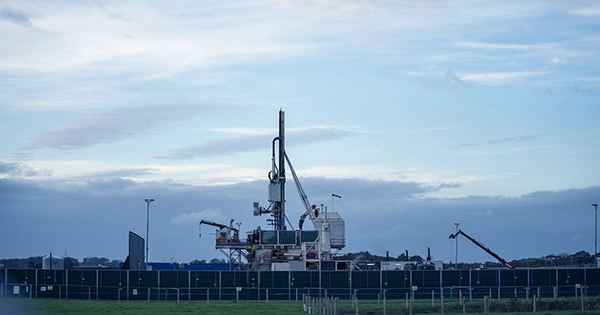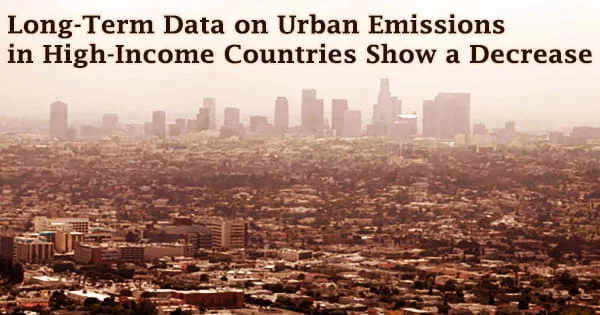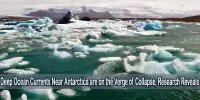According to a new study, by 2080, around 70% of the world’s oceans could be suffocating from a lack of oxygen as a result of climate change, potentially affecting marine ecosystems globally. The new models discover that mid-ocean levels that support many fisheries across the world are already losing oxygen at unnatural rates, having breached a crucial oxygen loss barrier in 2021.
Oceans carry dissolved oxygen as a gas, and aquatic animals, like land animals, require that oxygen to breathe. However, when the oceans warm as a result of climate change, their water may store less oxygen. Scientists have been watching the slow fall in oxygen levels in the oceans for years, but the latest study presents new, urgent reasons to be concerned sooner rather than later.
The new study is the first to utilize climate models to estimate how and when deoxygenation, or the decline of dissolved oxygen content in water, will occur in the world’s seas beyond natural fluctuation. It discovers that severe, probably irreversible deoxygenation of the ocean’s middle depths, which support the majority of the world’s fished species, starts in 2021, presumably harming fisheries worldwide. According to the latest models, deoxygenation will begin to affect all zones of the ocean by 2080.
The findings were published in Geophysical Research Letters, an AGU publication that publishes high-impact, short-format research with direct relevance in the Earth and space disciplines.
Humanity is currently changing the metabolic condition of the world’s greatest ecosystem, with truly unknown ramifications for marine ecosystems. This could have serious consequences for the ocean’s ability to sustain critical fisheries.
Matthew Long
According to the new study, the ocean’s middle depths (between 200 and 1,000 meters deep), known as mesopelagic zones, will be the first to lose large amounts of oxygen owing to climate change. The mesopelagic zone is home to many of the world’s commercially fished species, therefore the latest discovery could herald economic hardship, seafood shortages, and environmental upheaval.
Rising temperatures cause warmer waters to store less dissolved oxygen, resulting in decreased circulation between ocean layers. The intermediate layer of the ocean is particularly sensitive to deoxygenation because it is not enriched with oxygen by the atmosphere and photosynthesis like the top layer, and it is also where the majority of algal decomposition – a process that consumes oxygen – happens.
“This zone is actually quite important to us since a lot of commercial fish live in there,” says Yuntao Zhou, main study author and oceanographer at Shanghai Jiao Tong University. “Other marine resources are also affected by deoxygenation, but fisheries [are] perhaps the most closely tied to our daily lives.”
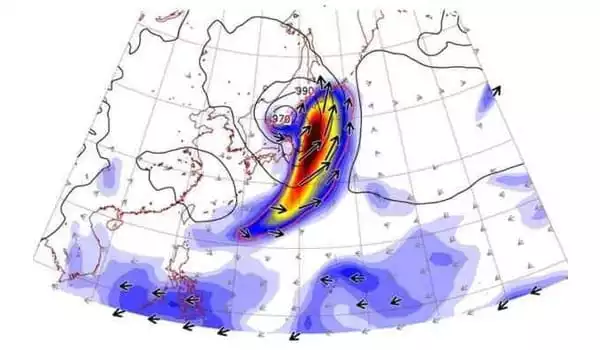
According to Matthew Long, an oceanographer at NCAR who was not involved in the study, the new findings are highly disturbing and add to the urgency of engaging meaningfully in climate change mitigation.
“Humanity is currently changing the metabolic condition of the world’s greatest ecosystem, with truly unknown ramifications for marine ecosystems,” he explained. “This could have serious consequences for the ocean’s ability to sustain critical fisheries.”
Evaluating vulnerability
By predicting when the loss of oxygen from the water exceeds natural oscillations in oxygen levels, the researchers found the start of the deoxygenation process in three ocean depth zones: shallow, middle, and deep. The study used data from two climate model simulations to forecast when deoxygenation will begin in global ocean basins: one reflecting a high emissions scenario and the other indicating a low emissions scenario.
The mesopelagic zone lost oxygen at the fastest rate and throughout the largest area of the world oceans in both scenarios, but the process begins around 20 years later in the low emissions scenario. This suggests that reducing carbon dioxide and other greenhouse gas emissions could assist to postpone the destruction of the world’s marine habitats.
The researchers also discovered that oceans closest to the poles, such as the west and north Pacific, as well as the southern oceans, are more vulnerable to deoxygenation. They’re not sure why, but faster warming could be to blame. According to Zhou, areas in the tropics notorious for having low quantities of dissolved oxygen, known as oxygen minimum zones, appear to be spreading as well.
“The oxygen minimum zones are actually expanding into high latitude locations, both north and south. That is something we need to focus on more “she claims. Even if global warming stopped, allowing dissolved oxygen concentrations to rise, “whether dissolved oxygen will return to pre-industrial levels is unknown.”

